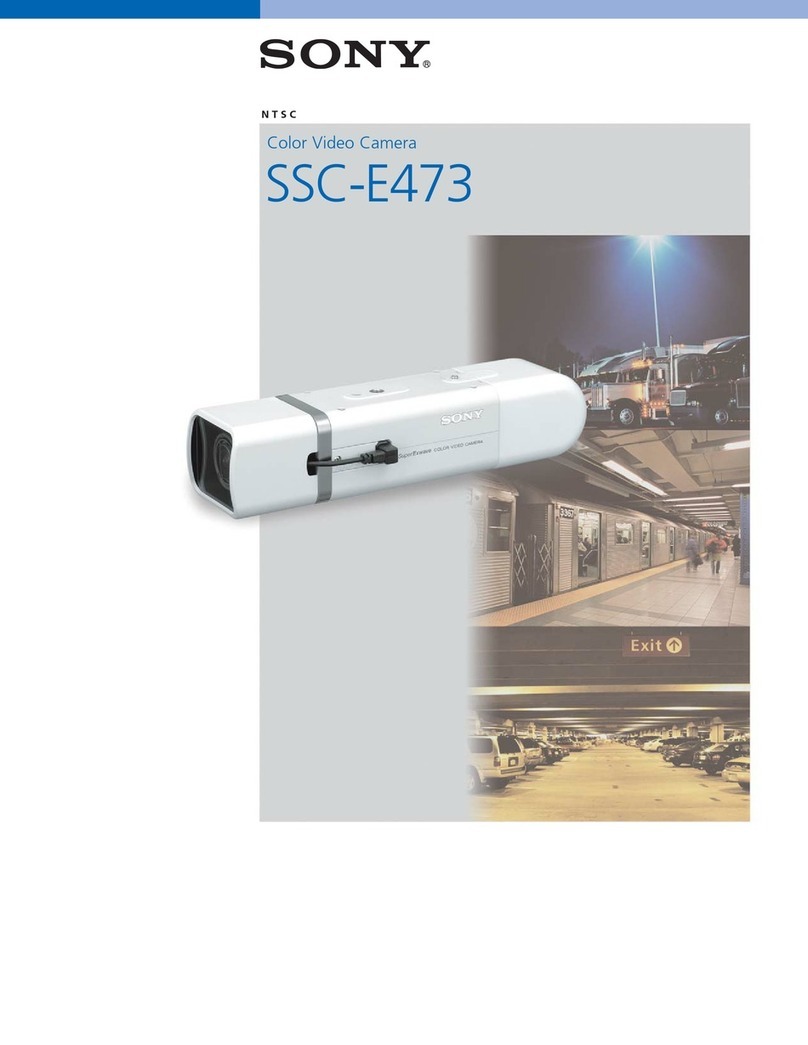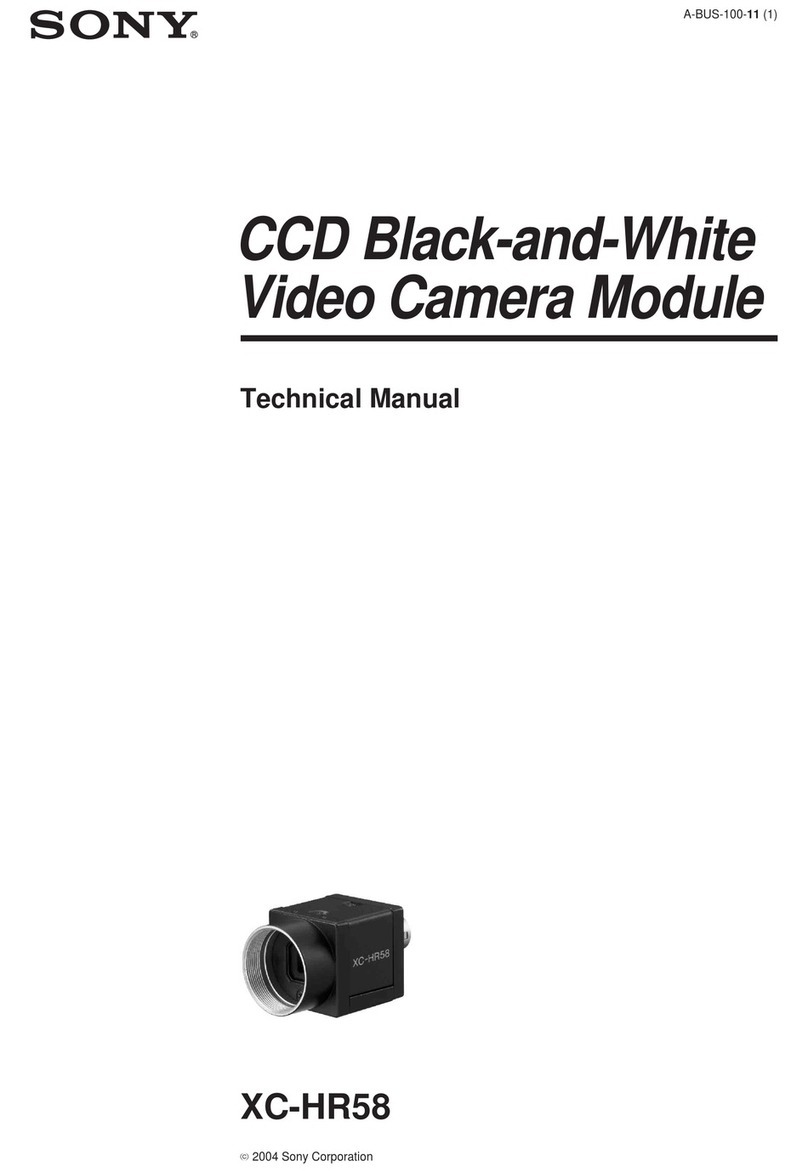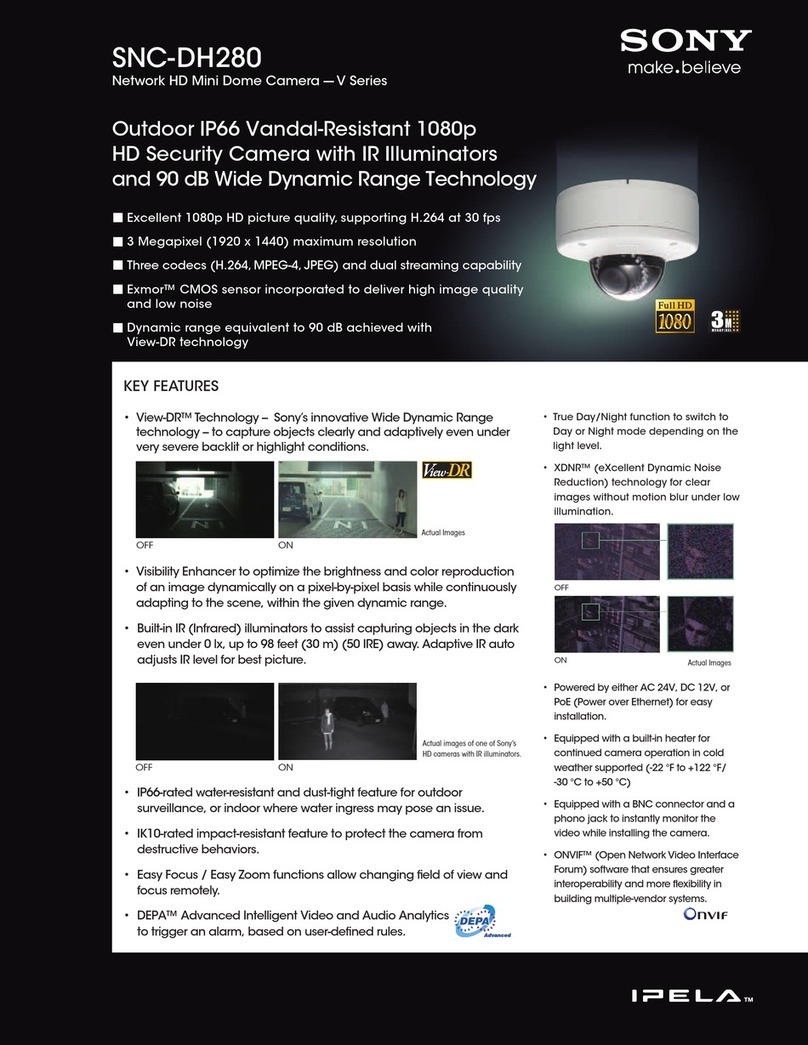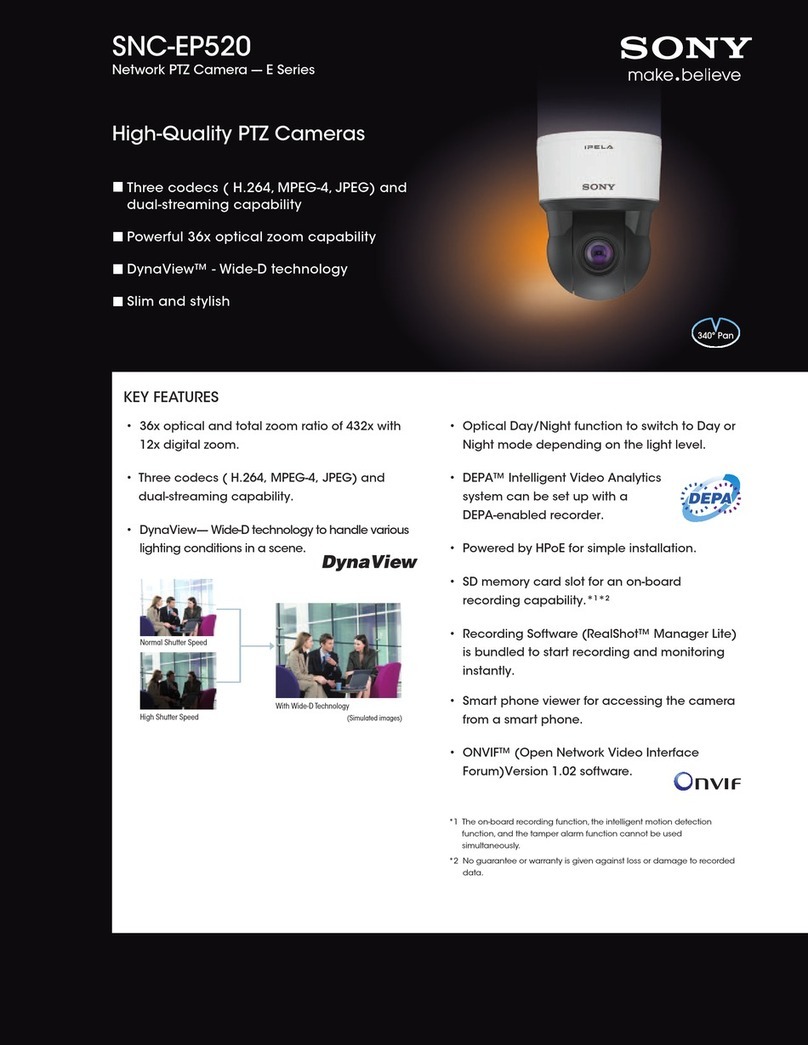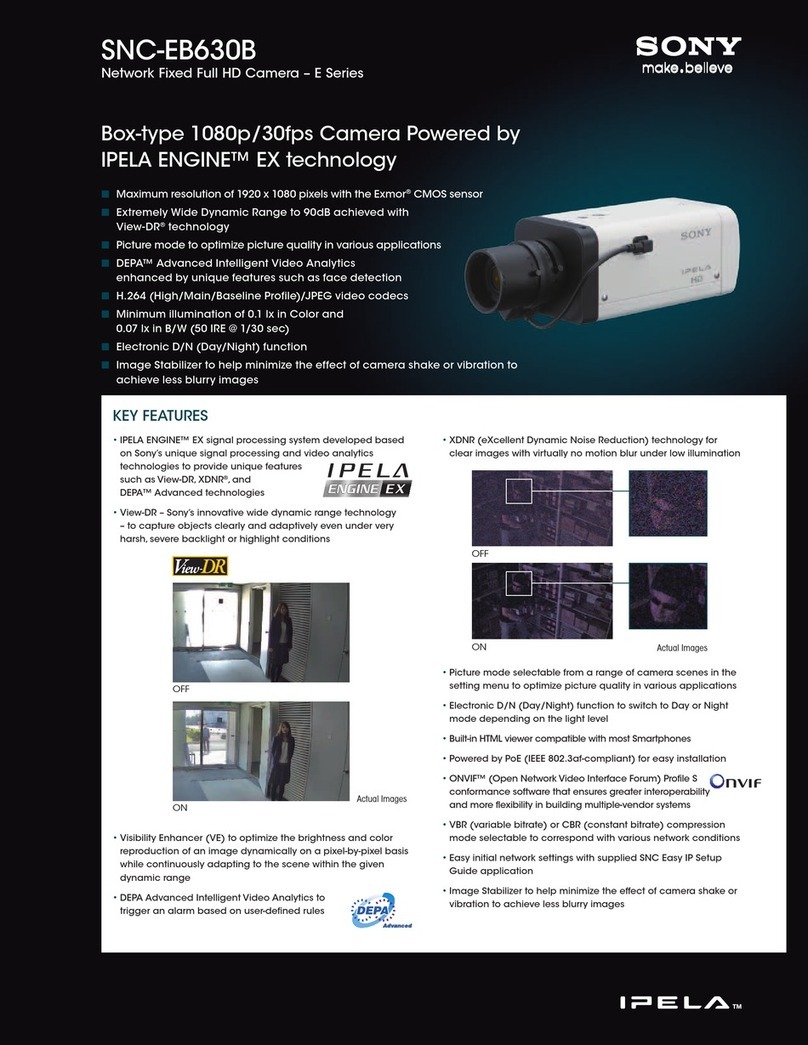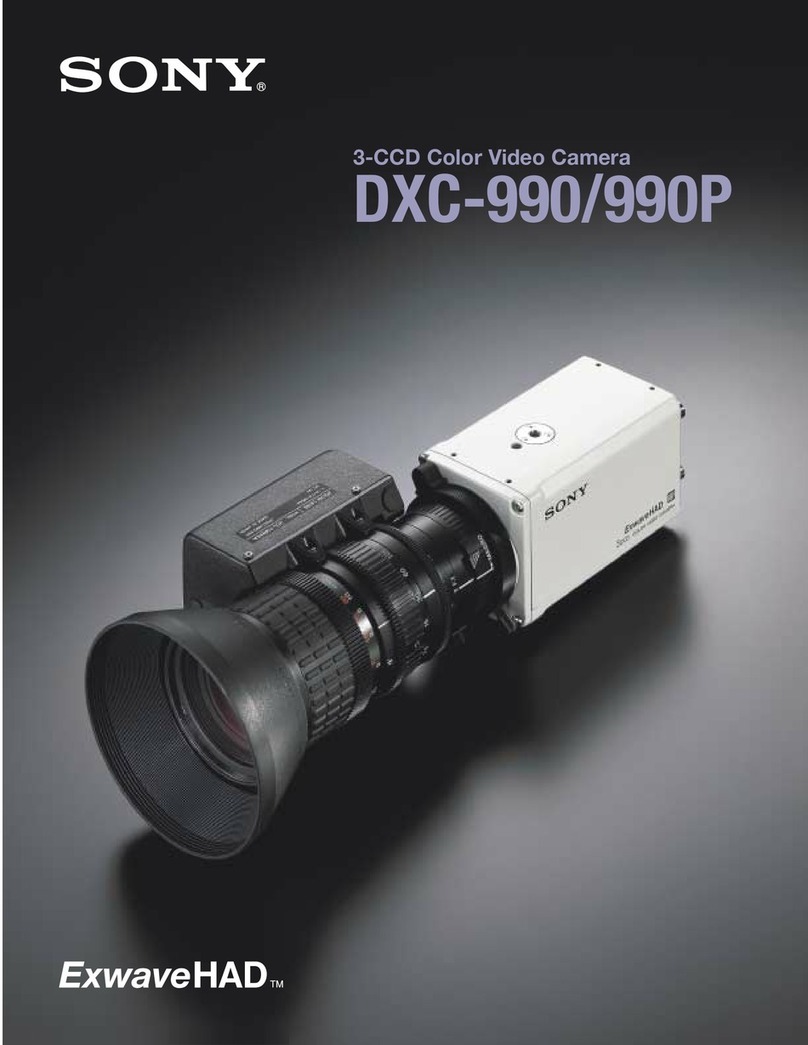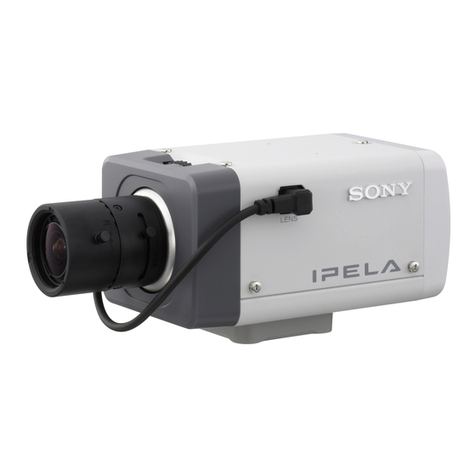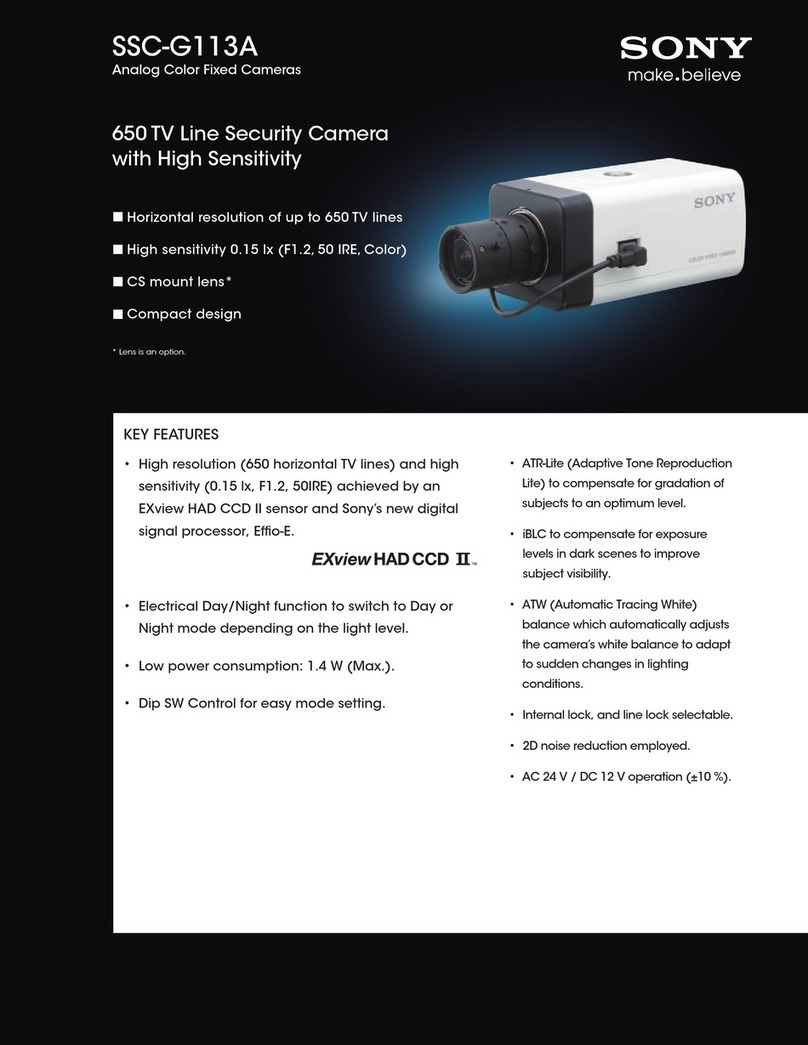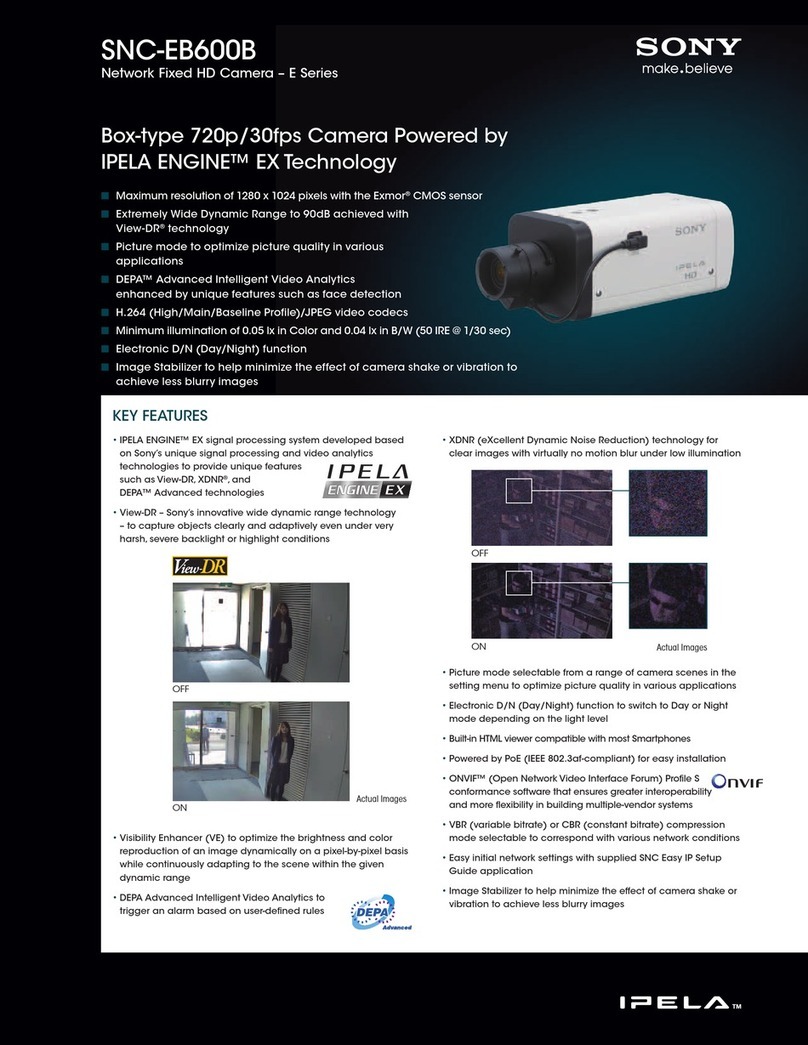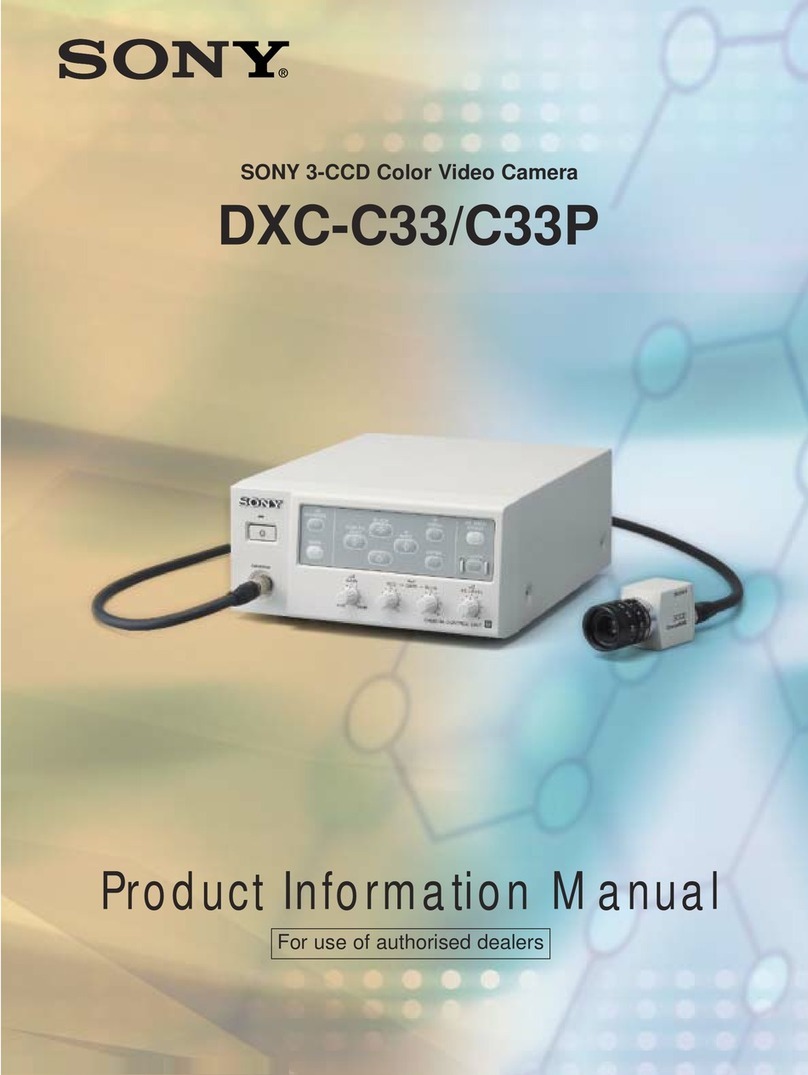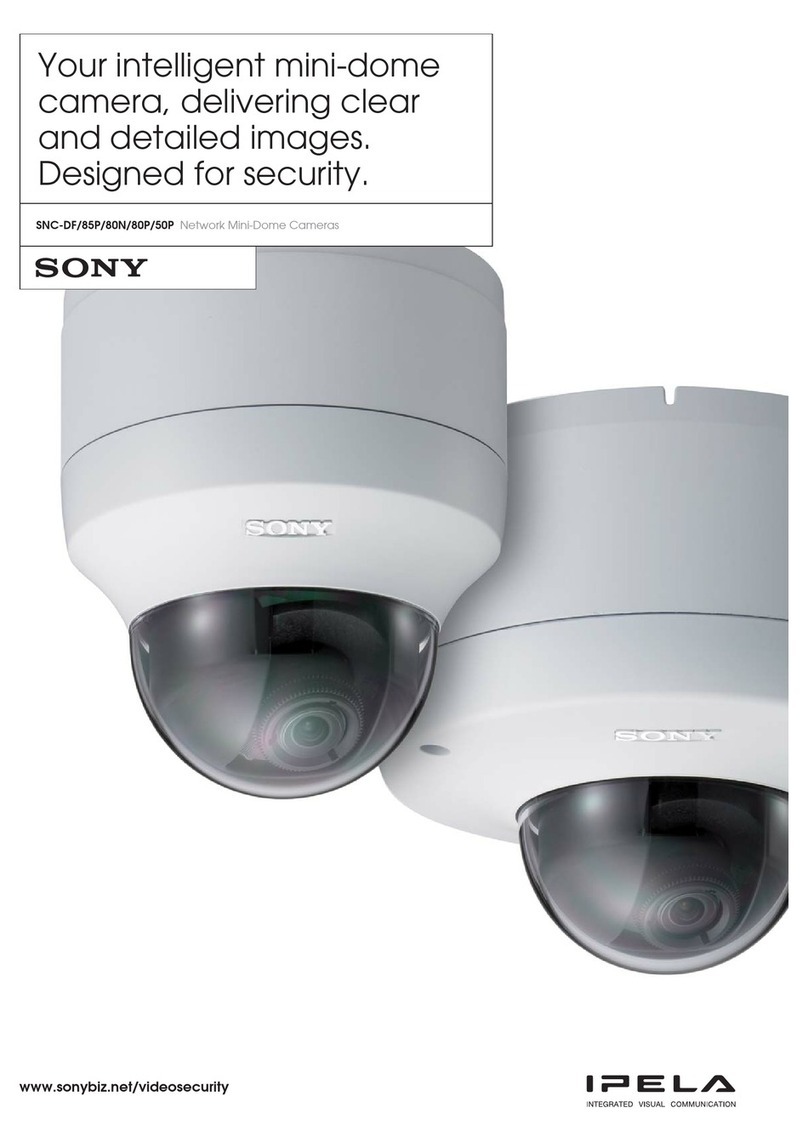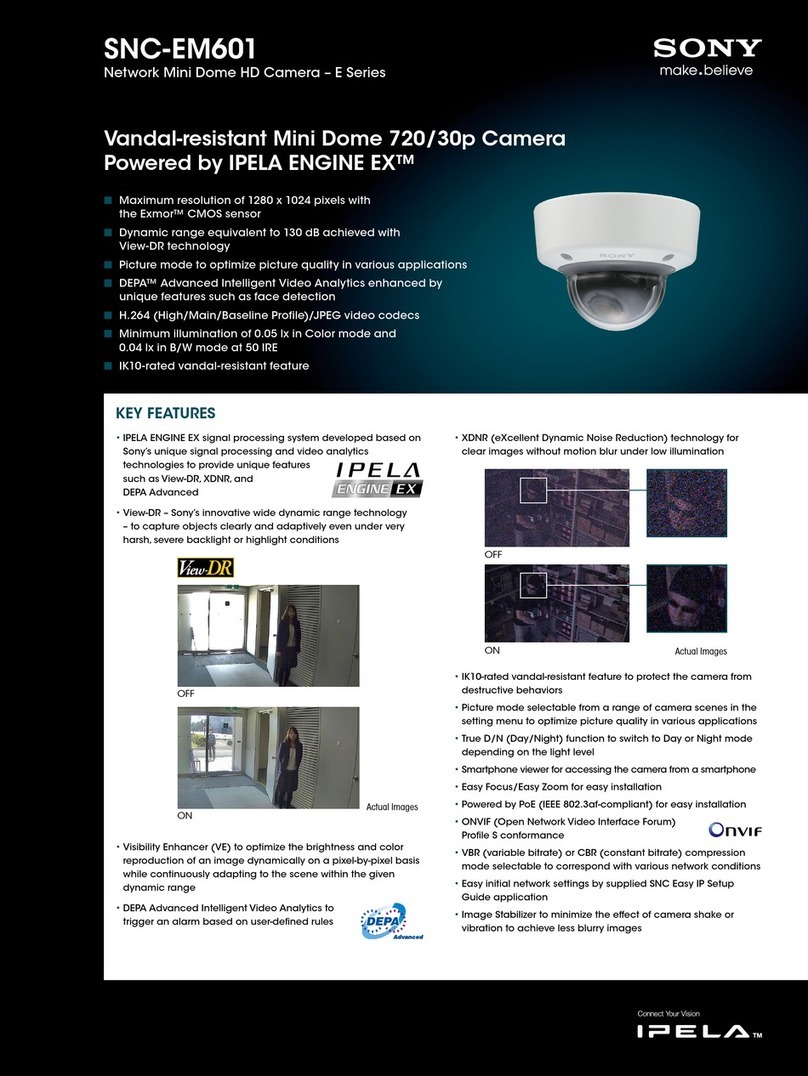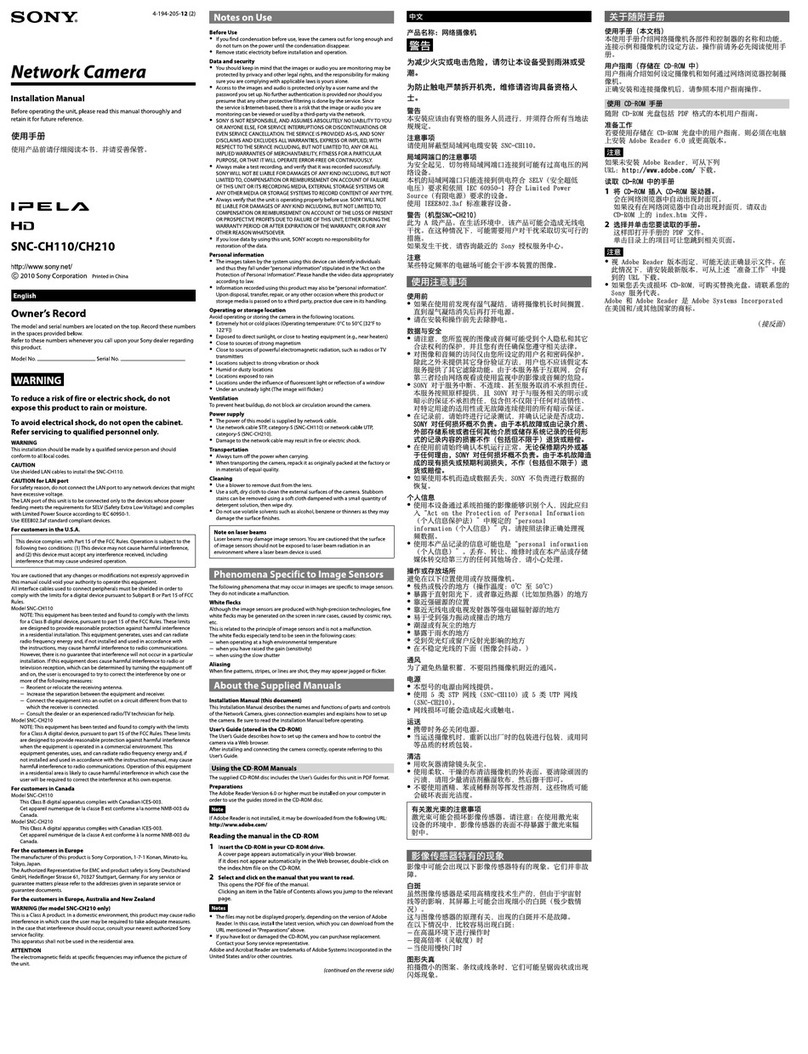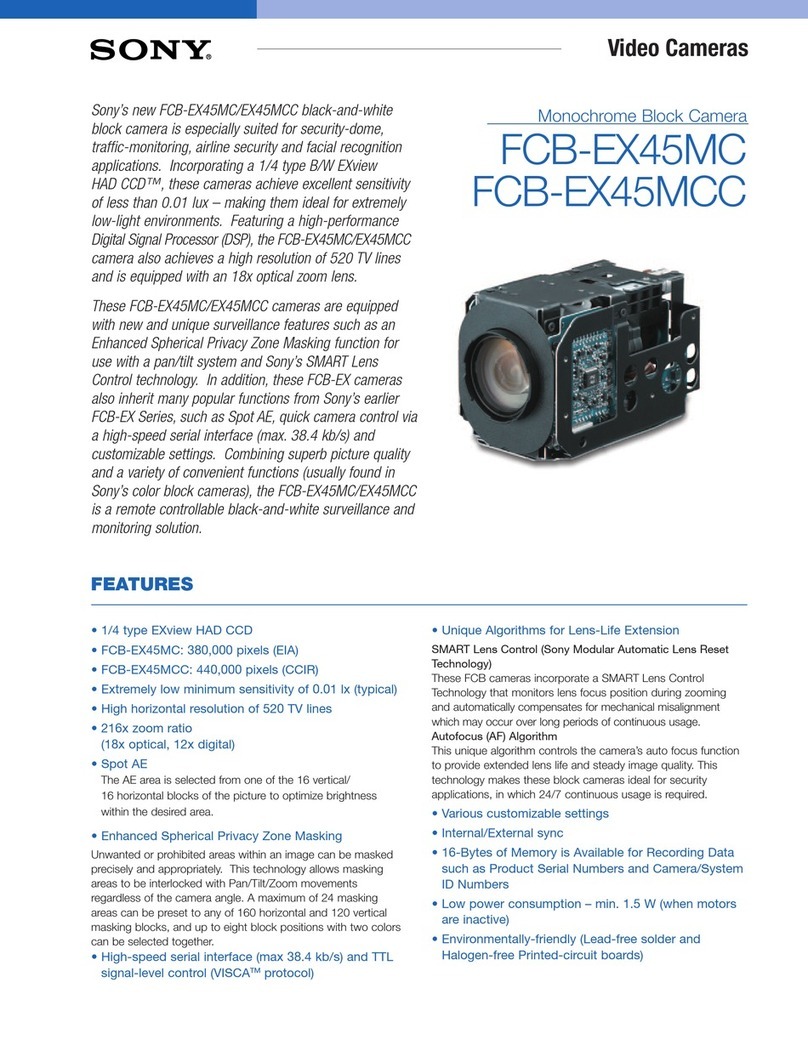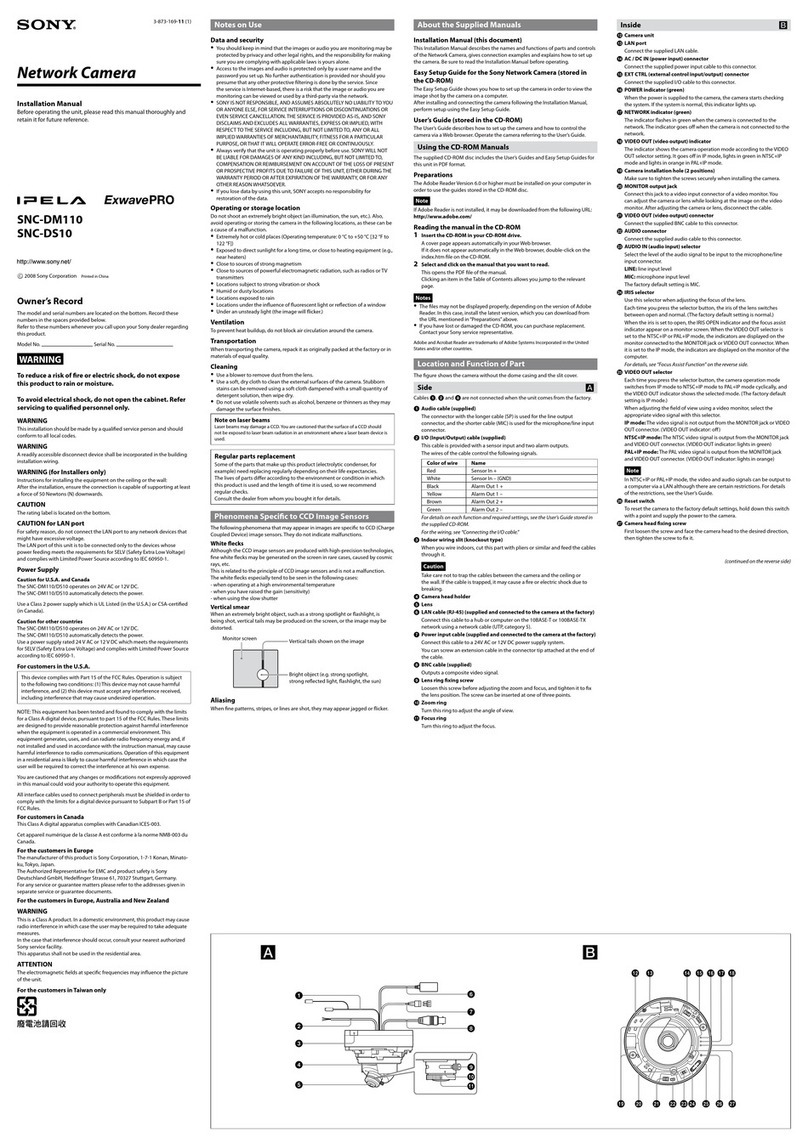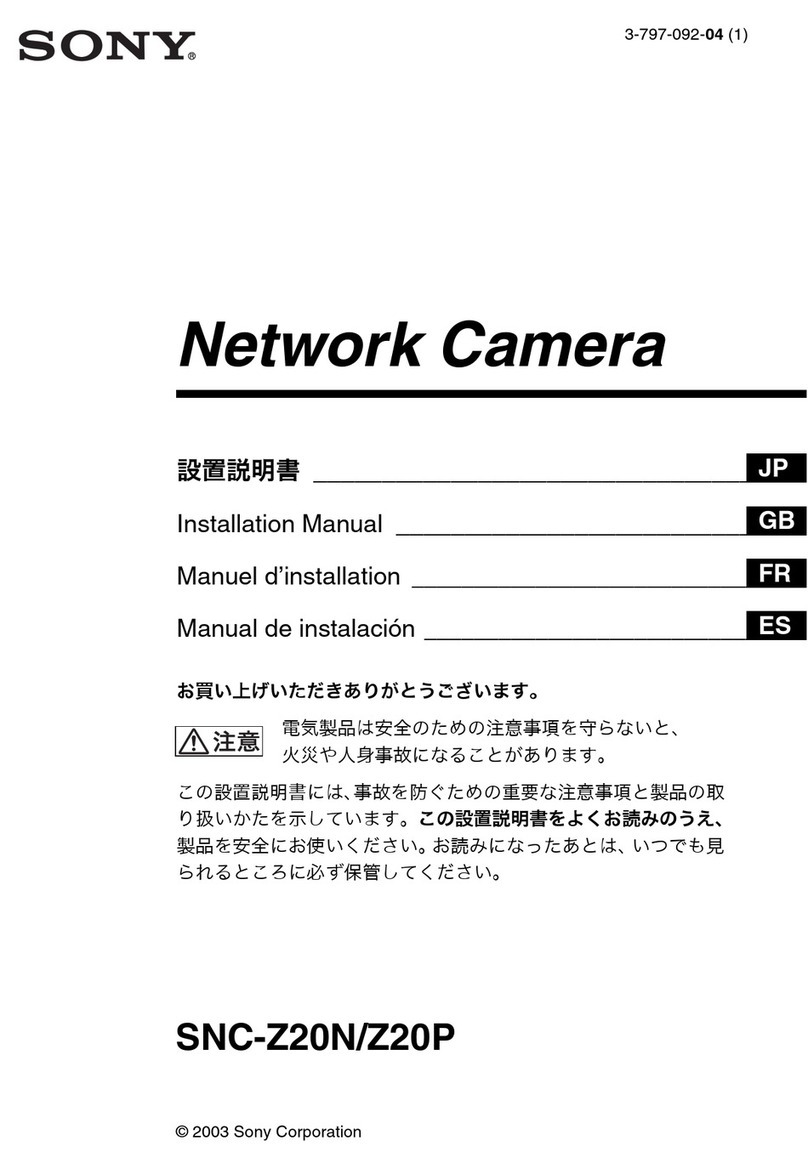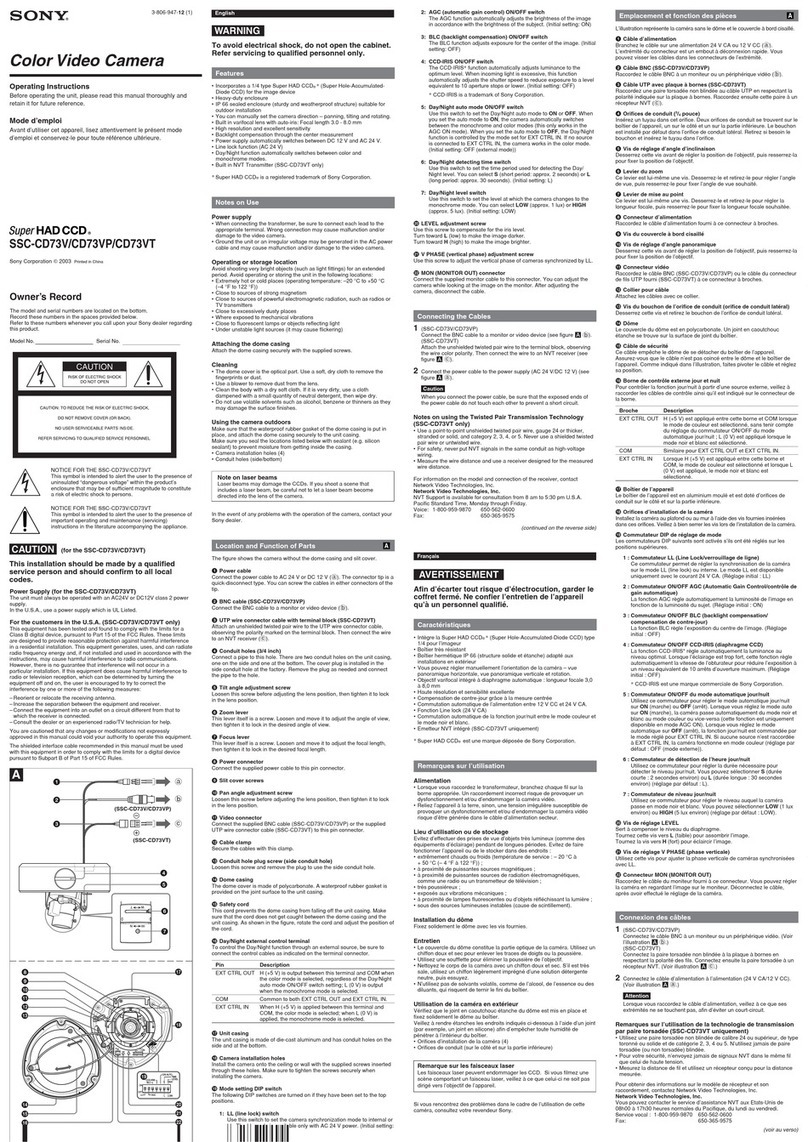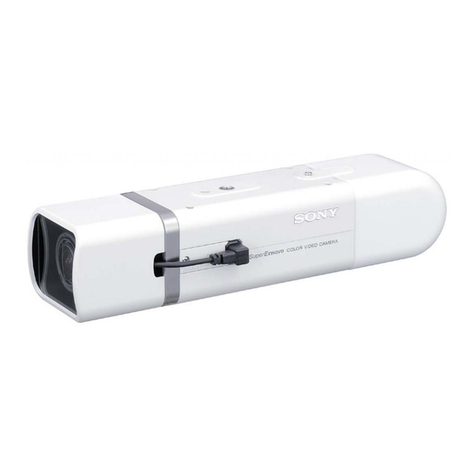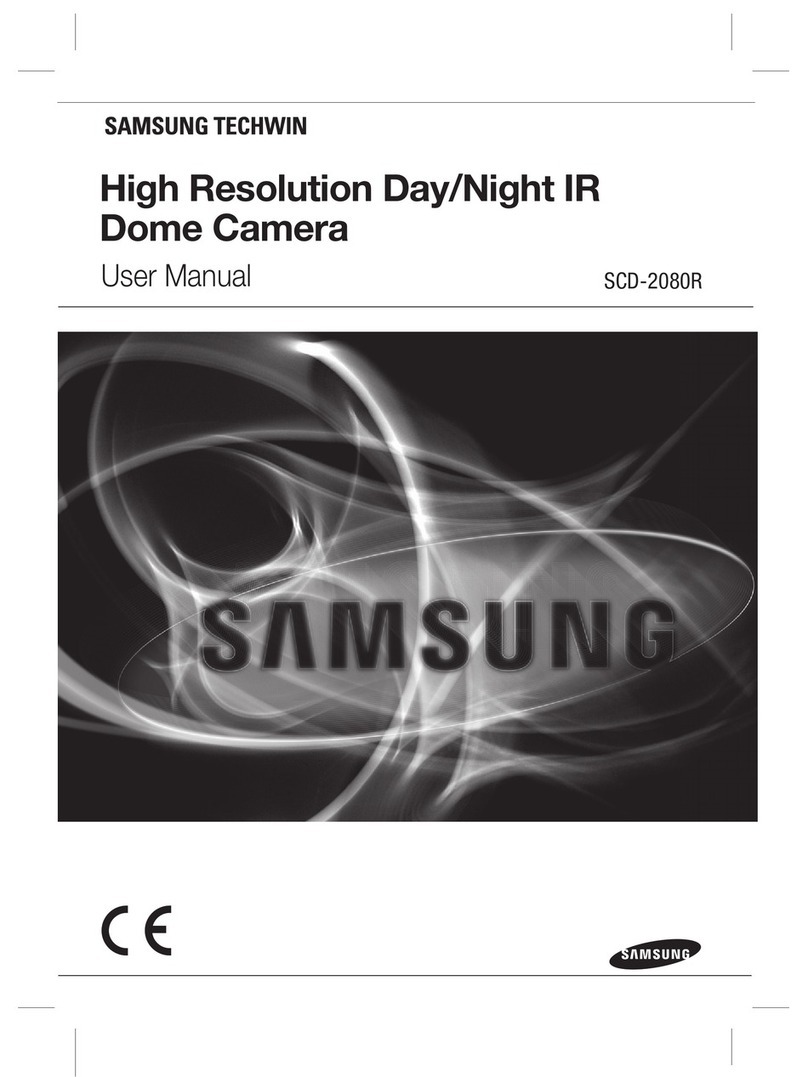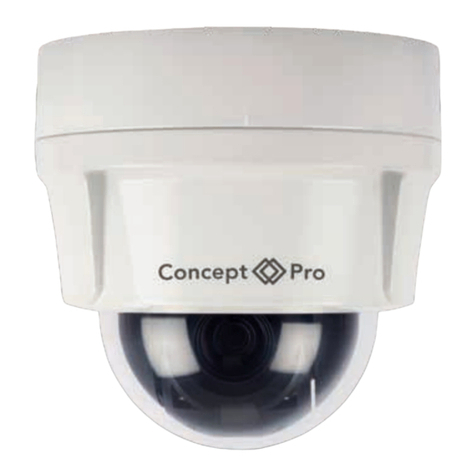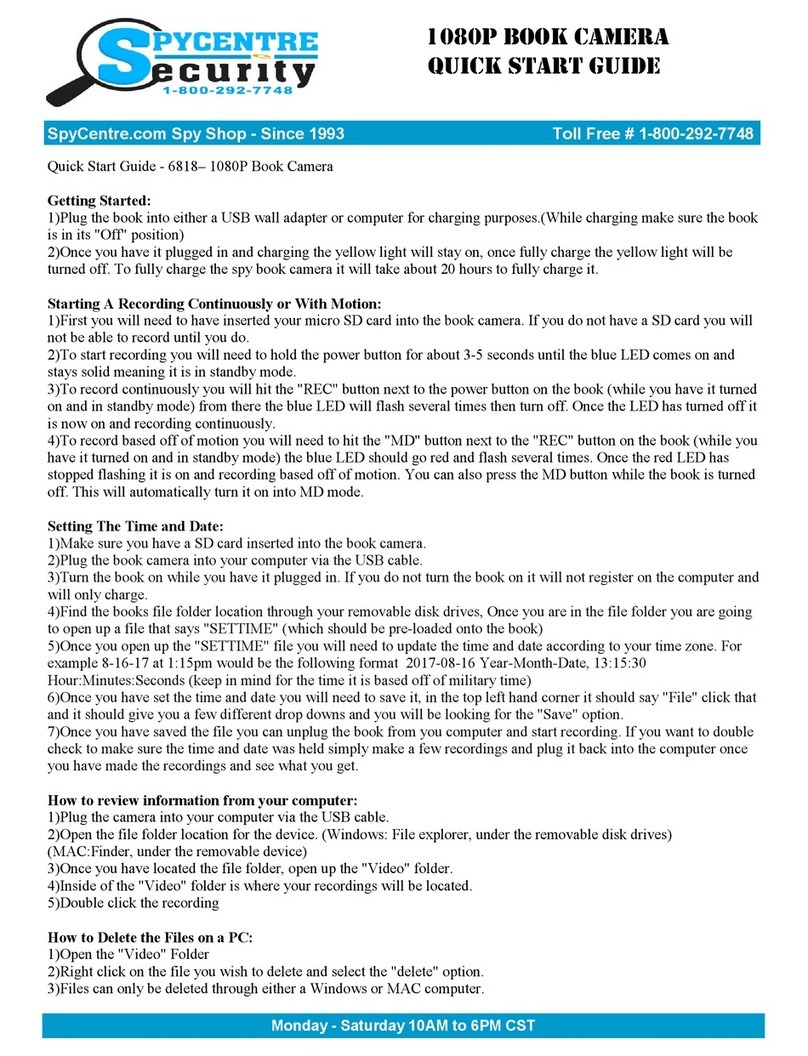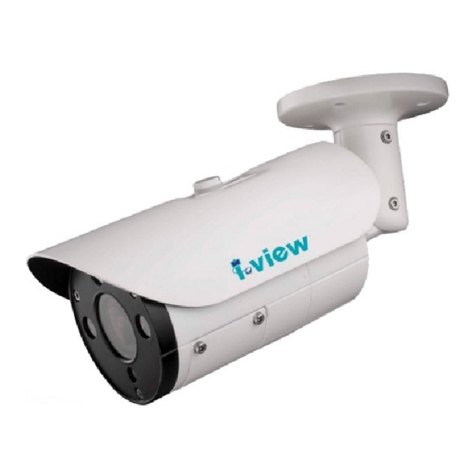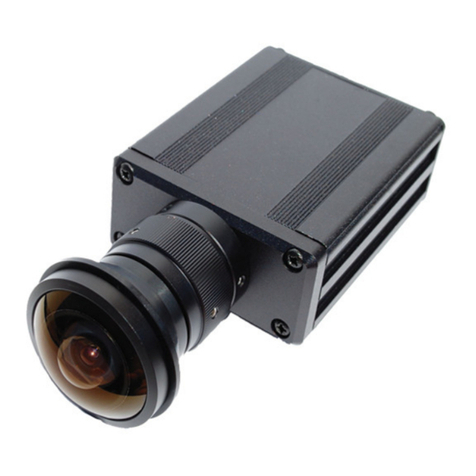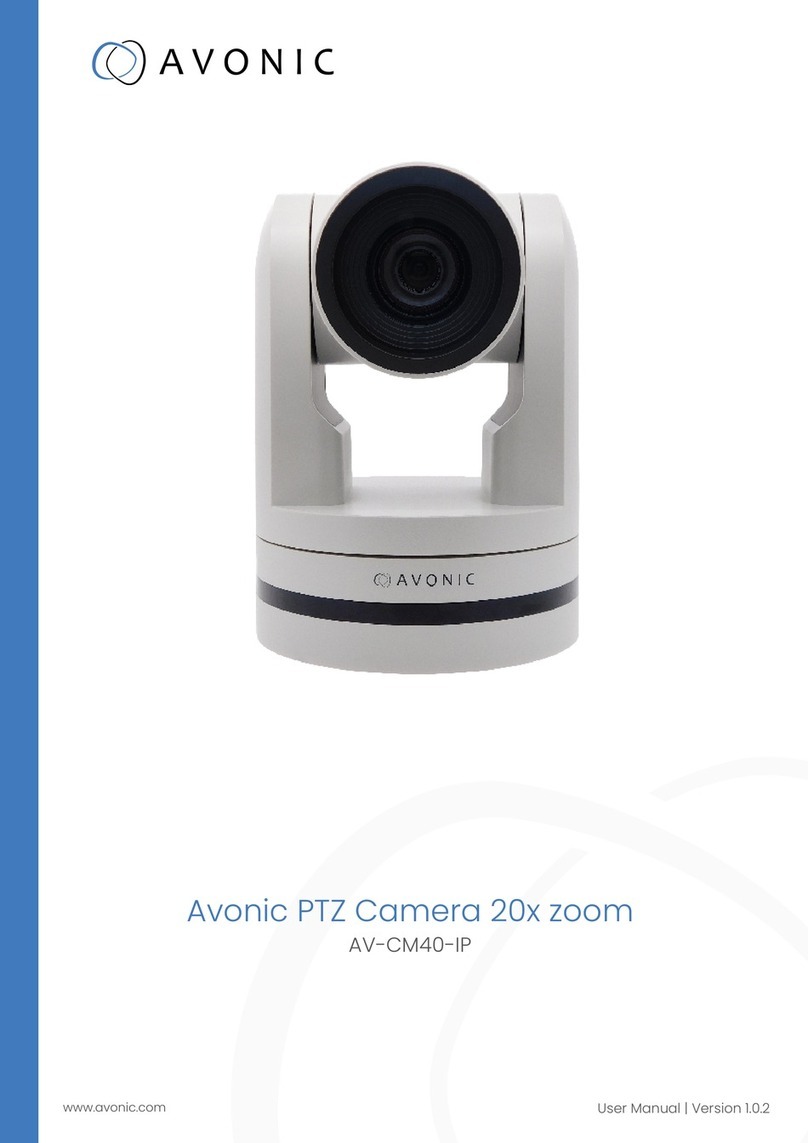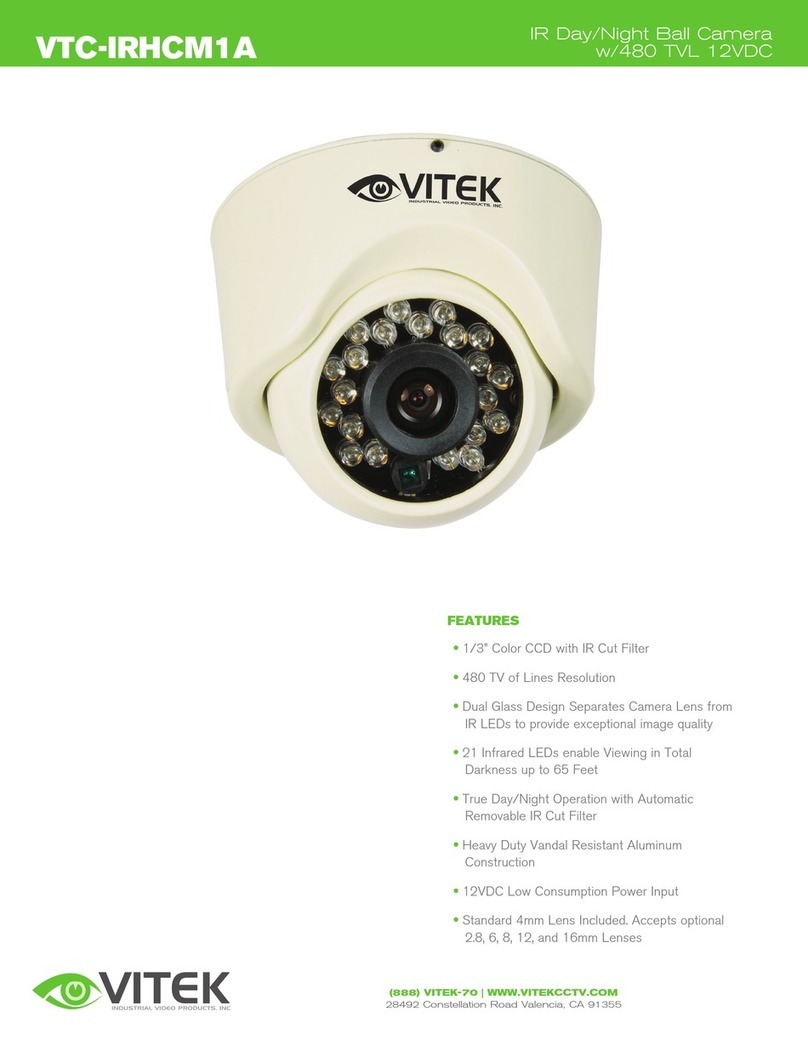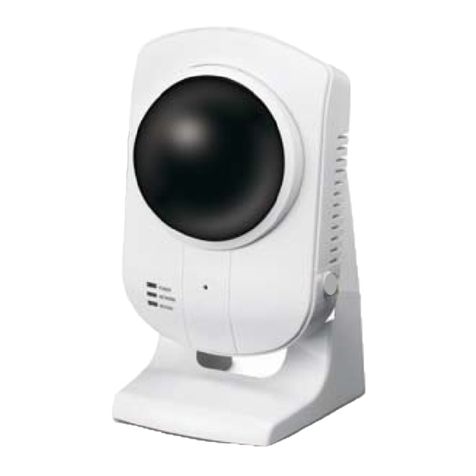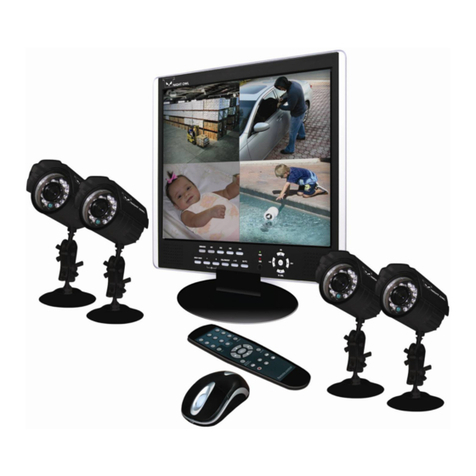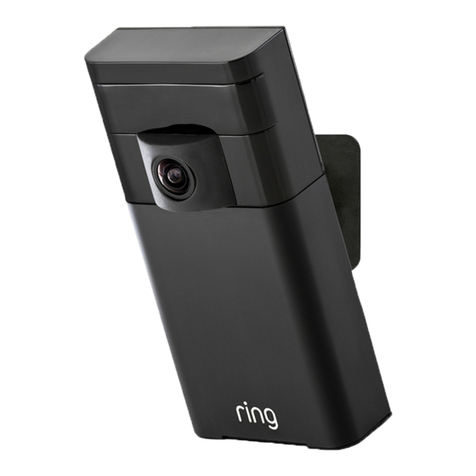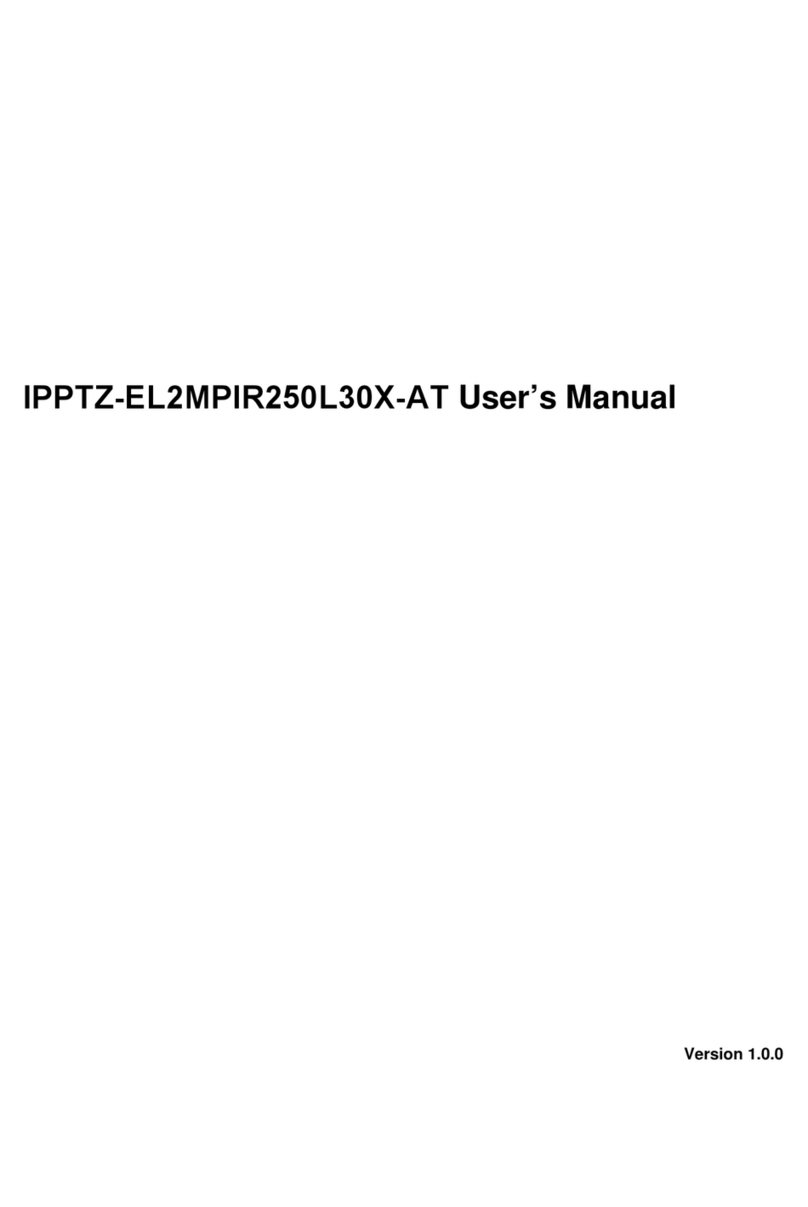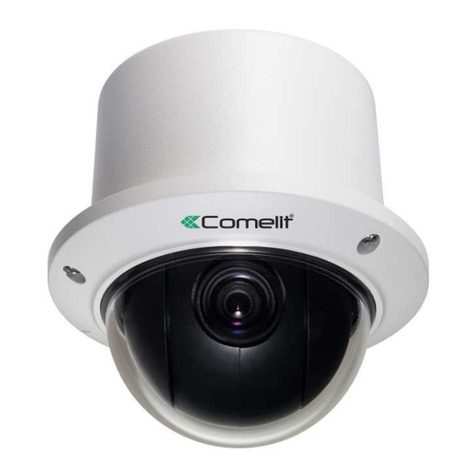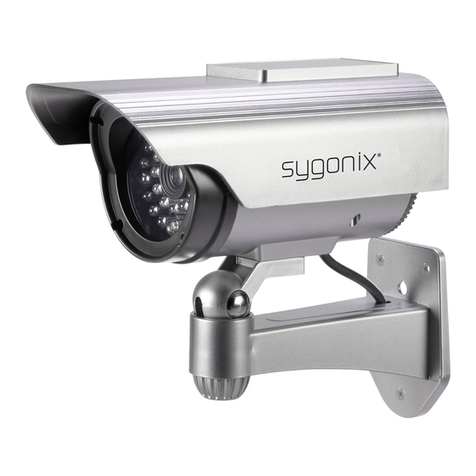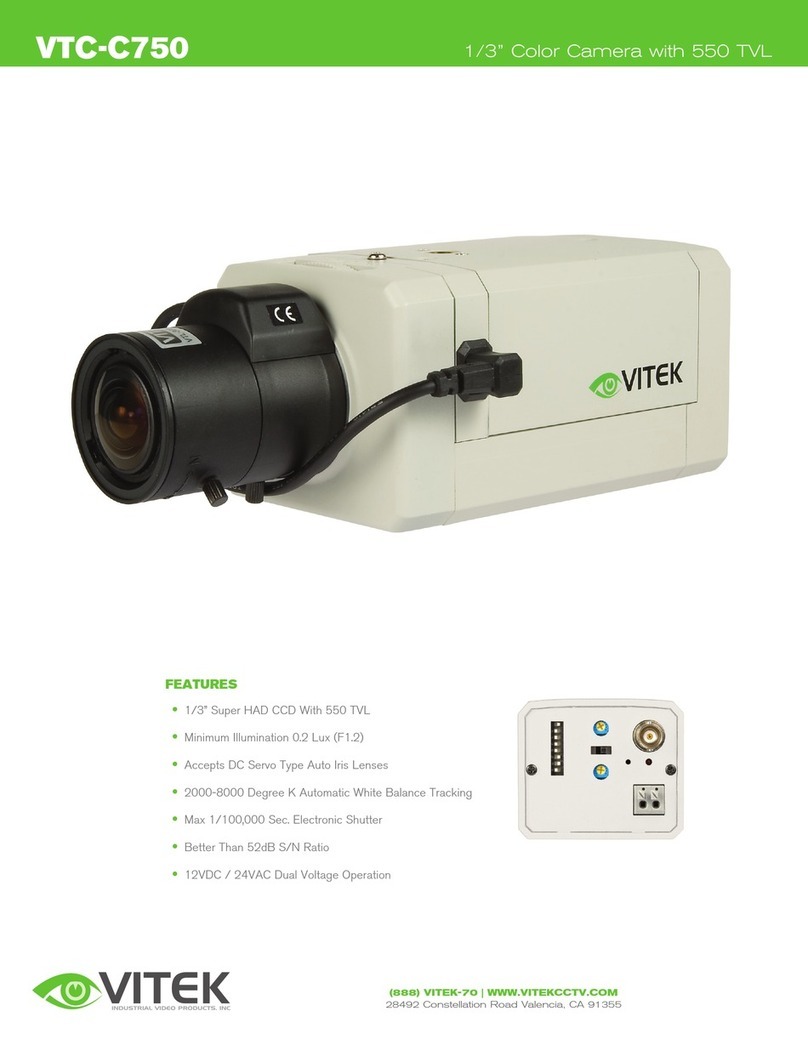
b
Band mount
Harness band
Cable
100 mm to 125 mm
(4 inches to 5 inches)
8
Keep parallel
b
a
c
9,10
Fall-
prevention
wire Top unit
Camera
O-ring
Align the triangular
and square marks
11
Bolts (3)
Top unit
Camera
12
Top sunshades
13,14
Align the triangular marks
Screw
Top sunshade
E
324.1 (12 7/8)
ø222 (8 3/4)
Unit: mm (inches)
D
1
How to install the camera
O-ring
Dome cover
Screws (6)
a
Camera
b
2,3
Mounting arm
(not supplied)
Wire-fixing belt
Shield tape
(not supplied)
Cable
Coupling
Bolts
Wire
bracket
Nuts
4
Locking screws (2)
Top unit
Bolts (3)
5
Waterproof
seal
Locking
screws (2)
Top unit
6
Bolts (2)
Top unit
7
Harness
band
Always have the stopper side
face down and tie the cables.
a
Harness
mount Release
button
Camera
Camera system SNC-WR632: Camera FHD (1080 60P)
SNC-WR602: Camera HD (720 60P)
Signal system NTSC/PAL switching system
Image device 1/2.8 type CMOS
Effective picture elements
SNC-WR632: Approx. 2,140,000
SNC-WR602: Approx. 1,370,000
Synchronizing Internal synchronization
Minimum illumination SNC-WR632: 1.4 lx (F1.6/AGC ON/50 IRE (IP))
SNC-WR602: 1.0 lx (F1.6/AGC ON/50 IRE (IP))
Horizontal resolution 480 TV (analog video output)
Video S/N 50 dB or more (AGC 0 dB)
Lens
Focal length SNC-WR632: f = 30.2 mm to 904.9 mm (35 mm
equivalent)
SNC-WR602: f = 33.0 mm to 990.0 mm (35 mm
equivalent)
Maximum relative aperture F1.6 (wide), F4.7 (tele)
Minimum object distance 300 mm
Mechanism
Pan 360°, endless rotation
Maximum speed: 700°/s
Tilt 220° (with auto invert function)
Maximum speed: 700°/s
Interface
Network port 10BASE-T/100BASE-TX, auto negotiation (RJ-45)
I/O port Sensor input: × 4, make contact
Alarm output: × 2, 24 V AC/DC, 1 A
(mechanical relay outputs electrically isolated
from the camera)
Video output VIDEO OUT: BNC, 1.0 Vp-p,
75 ohms, unbalanced, sync negative
SD card slot
Microphone input Minijack (monaural)
Plug-in-power supported (rated voltage: 2.5 V DC)
Recommended load impedance 2.2 kohms
* A selector menu allows switching between
microphone input and line input
Line input Minijack (monaural)
Recommended load impedance 10 kohms
Line output Minijack (monaural), Maximum output level:
1 Vrms
Serial communication RS485/RS422
Others
Power supply HPoE+ 4 line power-supply
24 V AC ± 10%, 50 Hz/60 Hz
Power consumption Max. 80 W
Operation temperature 24 V AC: –40 °C to +50 °C (–40 °F to +122 °F)
HPoE+: –5 °C to +50 °C (23 °F to +122 °F)
Activation temperature 24 V AC: –40 °C to +50 °C (–40 °F to +122 °F)
HPoE+: 0 °C to +50 °C (32 °F to +122 °F)
Storage temperature –20 °C to +60 °C (–4 °F to +140 °F)
Operating humidity 20% to 80%
Storage humidity 20% to 95%
Dimensions (Diameter/Height)
ø222 mm × 324.1 mm (ø8 3/4inches ×
12 7/8inches) (Not including the projecting parts)
Mass Approx. 4.1 kg (9 lb 0.6 oz)
Supplied accessories Dome cover (1)
Top sunshade (1)
Coupling (1)
Wire-fixing belt (1)
Wire bracket (1)
Bolts (2)
Power supply connector 3-pin (1)
I/O harness 14-pin (1)
Monitor cable (1)
Harness band (1)
Band mount (1)
Installation manual (1 set)
CD-ROM (supplied programs) (1)
Optional accessories
Dome Cover Smoked YT-LDR632S
Design and specifications are subject to change without notice.
Installation
Notes
Do not allow water to come in contact with the power cable, connectionˎ
cables or connectors, as it may cause water leakage into this device, and
subsequent damage.
The mounting arm (not supplied) to which the device is attached should haveˎ
xing screws of NPT 1 1/2”specied by a Sony dealer. Using an unspecied
mounting arm may cause water leakage into this device, and subsequent
damage. Be sure to use the specied mounting arm.
The lens zoom and angle may result in a blurred or inclined image within theˎ
range above the horizon of the lens position.
To prevent the dome cover from damage and stain, do not remove theˎ
protecting sheet from the dome cover until the setting is completed.
WARNING
If installing the camera in high location, such as high wall, entrust theˎ
installation to a professional contractor or service personnel.
The camera should be securely installed on a location strong enough toˎ
support the weight of the camera and the mounting arm. Otherwise, the
camera and mounting arm may fall and cause serious injury.
For the fall-prevention of the camera, make sure to use the wire rope.ˎ
If the bolts are attached loosely or loosen, the camera and parts may fall. Thereˎ
may also be a risk of water leakage. Make sure to tighten the bolts and screws
so that they will not loosen.
Check the camera is attached securely, the screws, etc. are not loosenedˎ
periodically, at the least once a year. Depending on the usage conditions,
periodic inspections should be conducted more frequently.
Note
Use the supplied screws to install the unit. Using other screws may cause damage
inside the unit.
How to Install
Before installation
Referring to the installation manual of the mounting arm (not supplied), drill the
required holes for the mounting screws and the connection cable. Then install
the mount arm in advance. After that, wrap the screw part of the mounting arm
in a shield tape (not supplied).
How to install the camera
1Attach the dome cover to the camera. (a)
Tighten the six screws in the specified order (1 to 6). (b)
Notes
Remove the drafting tape from the O-ring before attaching the domeˎ
cover.
Be sure to properly place the O-ring in the groove rmly before attachingˎ
the dome cover. If the O-ring is not properly and rmly placed, waterproof
performance may be compromised.
The six screws should be tightened to 1.2 N•m.ˎ
2Attach the supplied wire-fixing belt and wire bracket to the mounting
arm (not supplied). Then secure the wire-fixing belt and wire bracket to
the mounting arm by tightening two nuts.
Note
The two bolts should be tightened to 5.2 N•m.
3Screw the supplied coupling on the mounting arm.
Note
If the coupling is attached loosely or loosens, the camera may fall. Securely
put the coupling around the mounting arm so that it will not loosen.
4Remove the three bolts from the top part of the camera, and turn the top
unit until it stops, then pull it upward to remove it from the camera.
Have a 5 mm (7/32 inch) hex wrench ready to loosen the bolts.
5Attach the top unit to the mounting arm.
Place the locking screws fixed to the top unit in the groove of the
coupling and turn the top unit until it stops, in the direction of the arrow.
Notes
Remove the drafting tape from the waterproof seal before attaching theˎ
mounting arm.
Be sure to verify that the locking screws are not loose. If the locking screwsˎ
are loose, the camera may fall. The locking screws should be tightened to
5.2 N•m.
Be sure to tighten the waterproof seal properly to the top unit beforeˎ
attaching; otherwise, waterproof performance may be compromised.
6Attach the two supplied bolts to the screw holes of the coupling and
tighten them.
Note
The two bolts should be tightened to 5.2 N•m.
7Run the supplied harness band through the band-mounting hole (a), tie
the cables at 100 mm to 125 mm (4 inches to 5 inches) from the cable
head (b).
If the tied position is not appropriate, push the release button of the
harness band to loosen, and tie the cables again.
8Secure the band mount to the harness holder (a), and connect the cables.
Push the cables into the top unit (b).
Be sure that all cable connection sides of the top unit are in parallel with
the harness holder. (c)
9Hook the fall-prevention wire of the camera on the hole of the wire
bracket.
10
Align the triangular mark of the camera and square mark of the top unit
and push the camera into the top unit. Then turn the camera until it
stops, in the direction of the arrow.
Notes
Be sure to properly place the O-ring in the groove rmly before attachingˎ
the camera. If the O-ring is not properly and rmly placed, waterproof
performance may be compromised.
Be sure that the camera connection terminal of the top unit is in parallelˎ
with the harness holder before pushing the camera into the top unit.
To prevent the cables from getting caught, push the slack part of theˎ
cables into the top unit before attaching the camera.
11
Attach the camera to the top unit using the three bolts which were
removed in step 4.
Note
The three bolts should be tightened to 5.2 N•m.
12
Separate the provided top sunshade and reattach the separated parts
above the camera to return the top sunshade to its original form.
Notes
Run the fall-prevention wire through the top sunshade.ˎ
Securely attach the top sunshade so that the snap hook will not get caughtˎ
in it.
13
Align the respective triangular marks of the camera and top sunshade
and push the top sunshade into the camera. Then turn the sunshade
until it stops, in the direction of the arrow.
14
Secure the camera and top sunshade using the screw on the top
sunshade.
Notes
Please make sure to attach the top sunshade. The top sunshade preventsˎ
the device from overheating in direct sunlight.
The screw should be tightened to 1.2 N•m.ˎ
Removing the camera
1Remove the one screw that secures the top sunshade to the camera in
Step 14 of“How to install the camera” to remove the top sunshade.
2Remove the three bolts used in Step 11 of “How to install the camera.”
3Turn the top unit to the position where the triangular mark of the
camera and the square mark of the top unit align, and pull the camera
out downwards.
4Remove the fall-prevention wire of the camera from the hole of the wire
bracket.
Specifications
Network
Protocol TCP/IP, ARP, ICMP, HTTP, FTP (server/client), SMTP
(client), DHCP (client), DNS (client), NTP (client),
SNMP (MIB-2), RTP/RTCP
Compression
Video compression format JPEG/H.264
Audio compression format G.711/G.726 (40, 32, 24, 16 kbps)
Maximum frame rate SNC-WR632: JPEG/H.264: 60 fps (1920 × 1080)
SNC-WR602: JPEG/H.264: 60 fps (1280 × 720)


